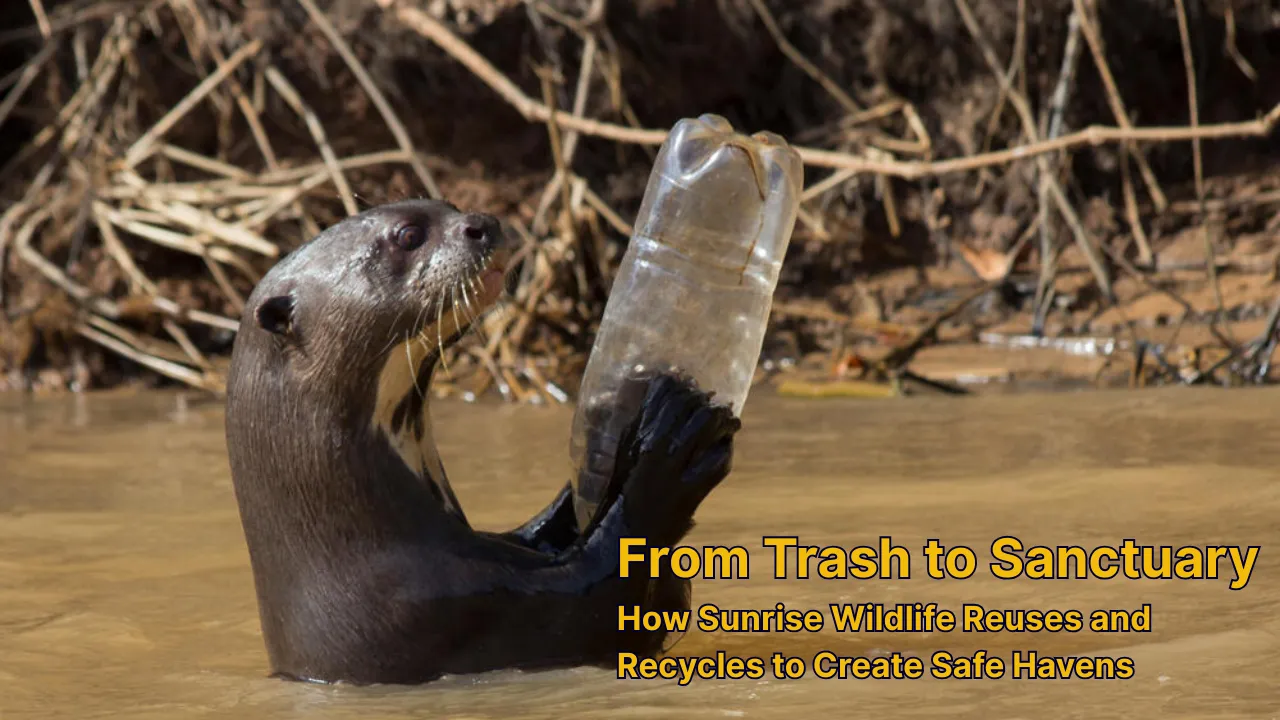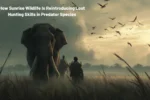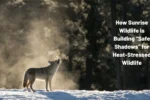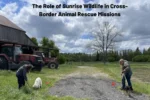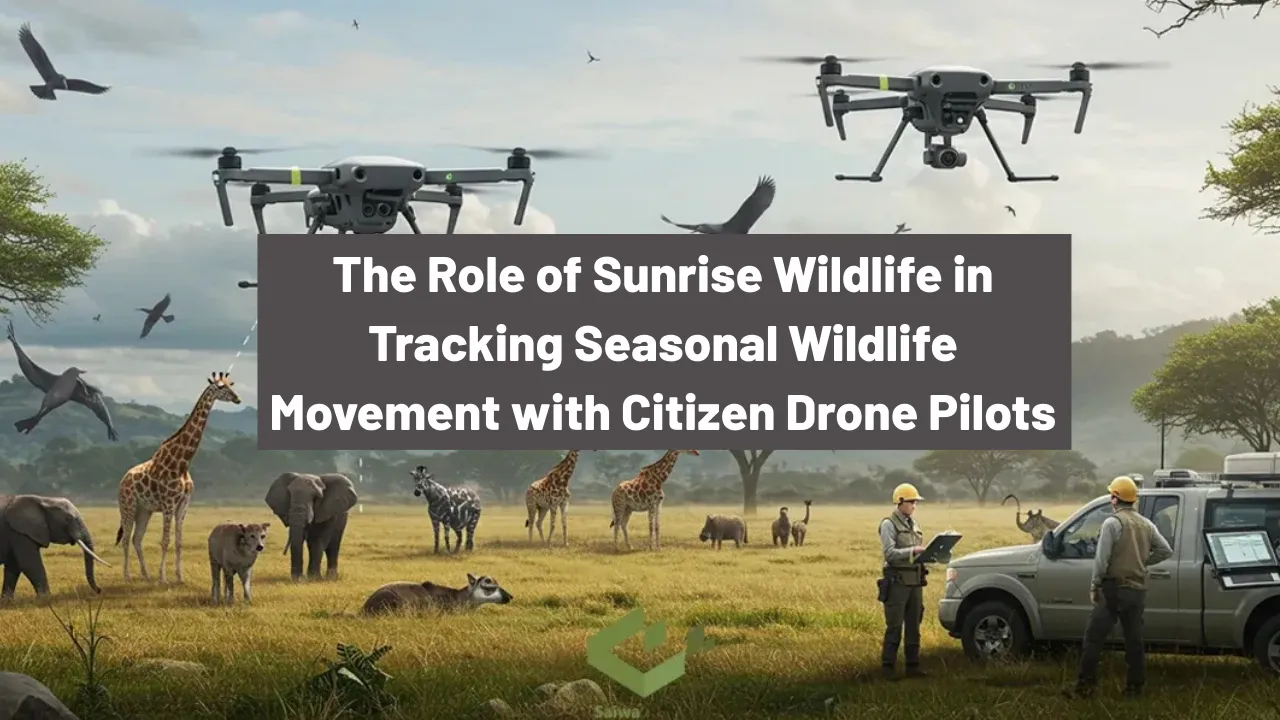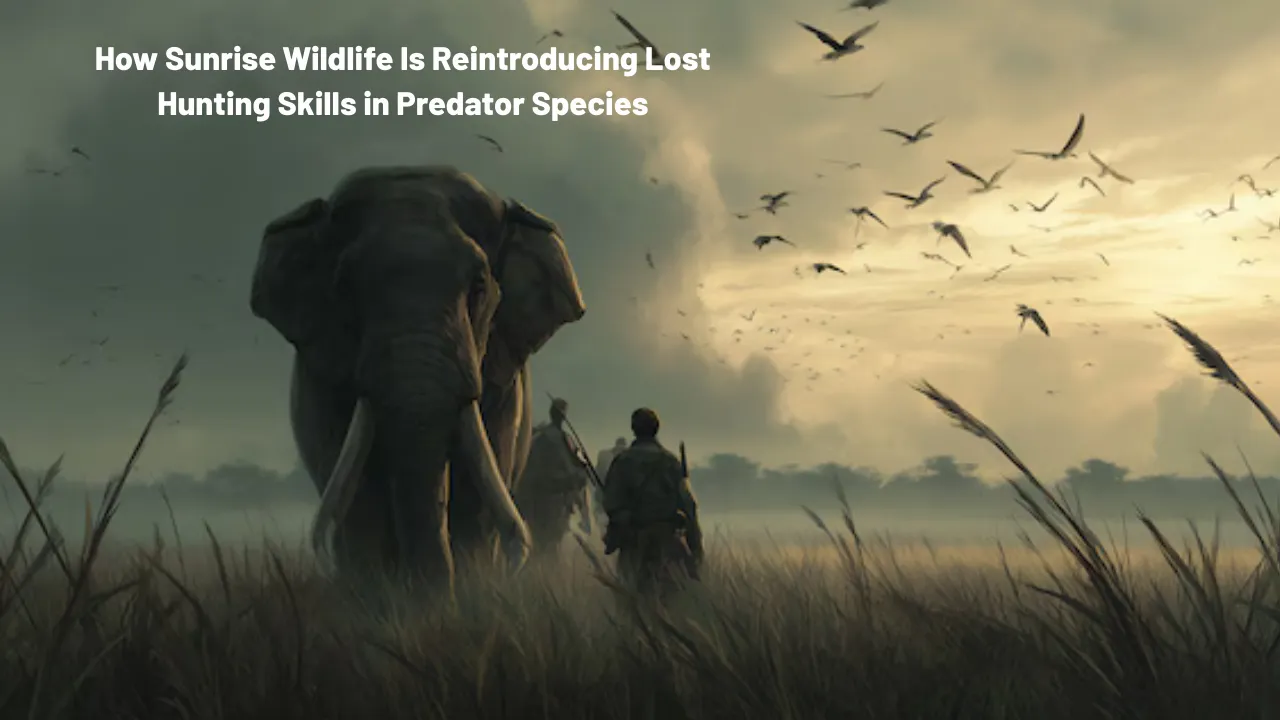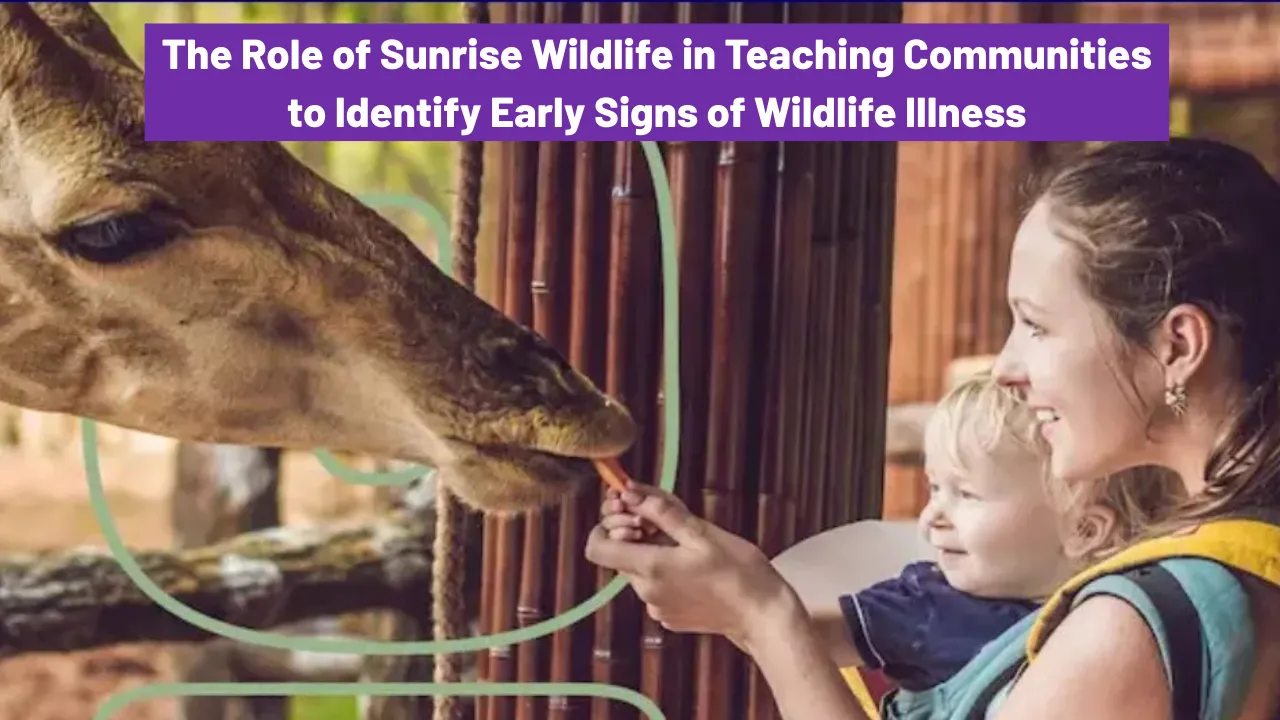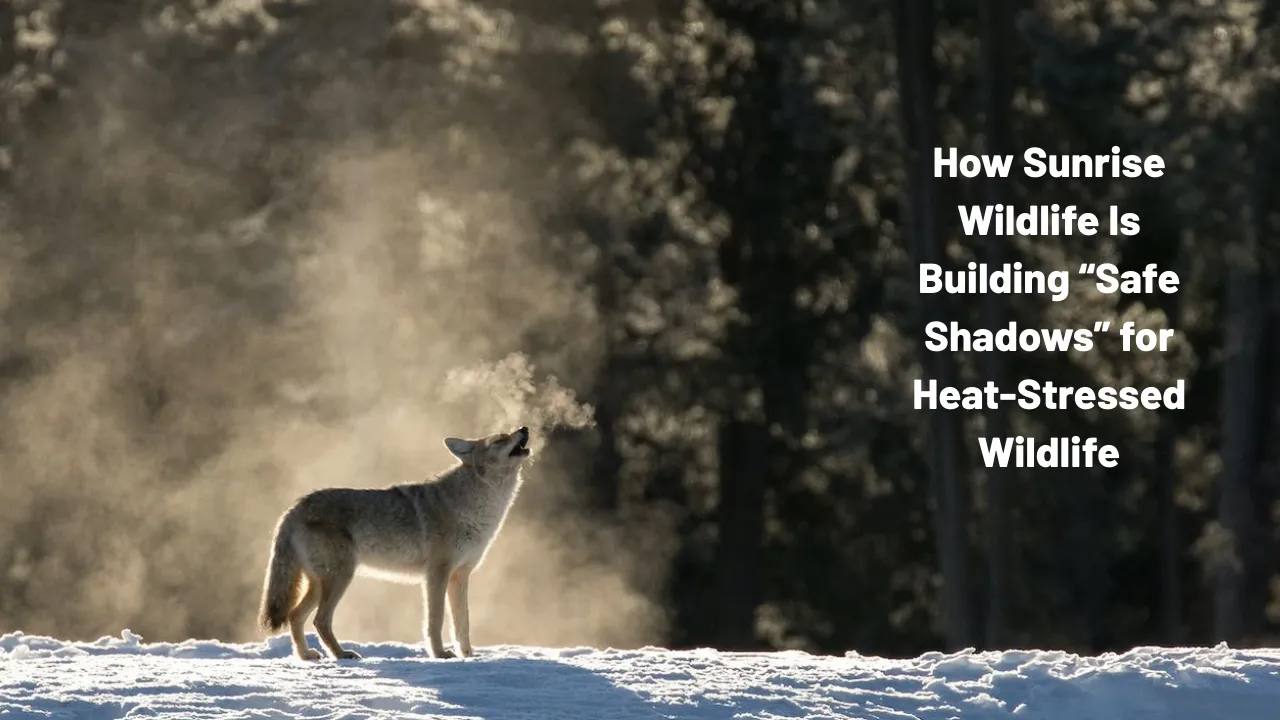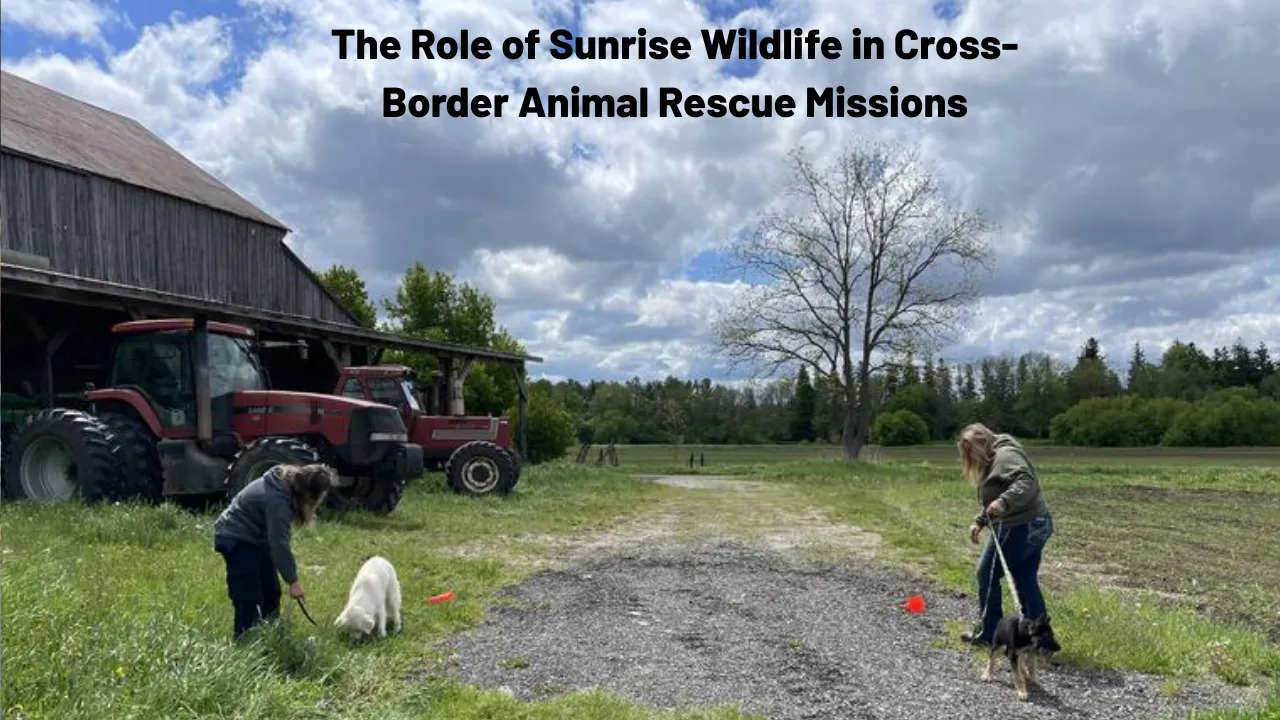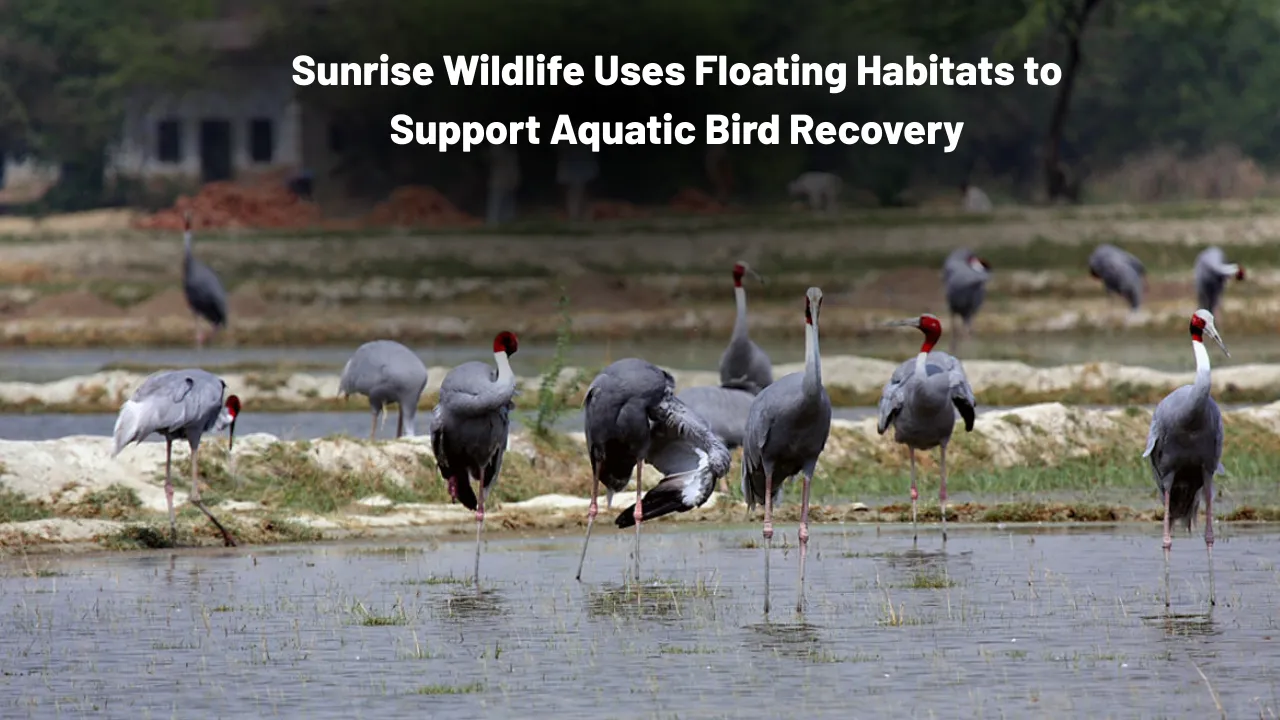How Sunrise Wildlife Builds a Greener Future: Sunrise Wildlife is showing the world how discarded materials can be turned into life-saving shelters for animals in need. While traditional wildlife rescue operations often rely on costly new materials and structures, this sanctuary has found a better, more sustainable path. With creativity and care, they transform waste into welcoming homes for injured and abandoned creatures, giving both animals and old materials a fresh start.
This article delves into the innovative ways Sunrise Wildlife is reusing and recycling to support wildlife rescue and rehabilitation. We’ll explore how the sanctuary creates eco-friendly habitats from recycled materials, the environmental and community impact of their work, and how it’s inspiring a new generation of green builders. Whether you’re passionate about wildlife conservation or curious about sustainable sanctuary design, this story proves that small changes can lead to big transformations.
How Sunrise Wildlife Builds a Greener Future
Sunrise Wildlife blends wildlife care with environmental responsibility by constructing eco-friendly habitats from reused materials. Located in a region where discarded resources are abundant, the sanctuary partners with local communities to collect old tires, wood pallets, broken furniture, and scrap metal. These are carefully cleaned and adapted to build custom shelters suited to different species. By focusing on both sustainability and animal comfort, Sunrise Wildlife shows how a recycled approach can offer better solutions for long-term animal care, making it a leader in the green sanctuary movement.
Overview of Sunrise Wildlife’s Trash-to-Treasure Model
| Feature | Description |
| Approach | Use of recycled and upcycled materials to build animal habitats |
| Goal | Create sustainable, cost-effective shelters for rescued wildlife |
| Materials Used | Tires, pallets, barrels, scrap wood, old fencing, metal sheets |
| Community Role | Volunteer-led construction, donated materials |
| Benefits | Reduced waste, cost savings, improved animal recovery, education impact |
| Impact | Diverts tons of waste annually from landfills and saves dozens of animal lives |
How Sunrise Wildlife Turns Waste into Wonders
Instead of sending tons of discarded items to the landfill, Sunrise Wildlife gives these materials a second chance. The process starts with collecting reusable materials from local businesses, households, and demolition sites. Wood from broken furniture becomes shelter frames. Old barrels and buckets are turned into feeding stations. Even rusted metal finds a purpose as structural support.
What sets the sanctuary apart is its attention to detail. Every upcycled shelter is designed with the animal’s needs in mind—size, behavior, and comfort. This results in more natural living conditions, which leads to faster healing and better social behavior among the animals. The team’s approach is not only functional but deeply compassionate, ensuring each animal gets a space that feels like home.
Benefits of Recycled Habitats for Wildlife
Using recycled materials has real benefits for both the animals and the environment. For one, these shelters are often more adaptable and customizable than manufactured ones. Raccoons, for instance, prefer dark, enclosed spaces. Reusing crates and tires gives them just that. Birds benefit from nesting boxes made from leftover wooden planks, while reptiles enjoy warm, enclosed spaces built from reused garden hose and tubing.
In addition to comfort, these recycled habitats help reduce the carbon footprint of the sanctuary. No new resources are extracted, and no energy-intensive production processes are involved. It’s a sustainable model that supports the mission of wildlife conservation while staying eco-conscious.
Environmental Impact of Upcycling in Animal Care
The impact of upcycling at Sunrise Wildlife extends far beyond the sanctuary grounds. Each recycled item used in habitat building represents a win for environmental sustainability. On average, the sanctuary saves several tons of materials from being dumped each year. This keeps plastic, rubber, and treated wood out of ecosystems where they could harm wildlife.
Moreover, their creative reuse models serve as a blueprint for other sanctuaries and wildlife centers looking to go green. Sunrise Wildlife proves that with commitment and innovation, even small facilities can have a huge environmental impact. Their work promotes a culture of reuse, where both people and wildlife benefit from a cleaner, healthier world.
List: Common Items Sunrise Wildlife Recycles
- Wooden Pallets: Used for framing small animal shelters or platforms.
- Old Tires: Repurposed into burrowing spots, toy structures, or protective walls.
- Plastic Containers: Transformed into feeding bowls or water troughs.
- Scrap Metal: Used as structural reinforcements for larger enclosures.
- Used Fencing: Rebuilt into secure animal pens or protective barriers.
List: Animal Habitats Built from Trash
- Bird Nesting Boxes crafted from leftover drawer wood and crates.
- Reptile Tunnels formed with recycled piping and hose material.
- Fox Dens made using scrap insulation and repurposed boards.
- Raccoon Shelters created from tire stacks and soft discarded carpeting.
- Owl Platforms assembled with old ladders, poles, and roof tiles.
Community Involvement and Volunteer Support
Volunteers are at the heart of Sunrise Wildlife’s operations. From material collection to construction, local people play a hands-on role in every stage of the sanctuary’s projects. Schools, environmental clubs, and even local businesses pitch in by donating items or helping build shelters during weekend drives.
This community-based model builds stronger relationships and educates people on wildlife care. Volunteers not only learn practical skills but also witness the direct impact of their efforts—seeing animals recover and thrive in habitats they helped build is an experience that resonates deeply and encourages continued support.
Educational Programs Focused on Sustainability
Education is a major part of Sunrise Wildlife’s mission. The sanctuary regularly offers eco-tours, classroom sessions, and building workshops to teach kids and adults about sustainable practices. They emphasize the connection between human habits and wildlife survival, helping participants understand how their waste choices affect the natural world.
Programs are simple, interactive, and designed to spark curiosity. Whether it’s building a birdhouse from a broken box or learning about how upcycled fencing can protect a fox, these lessons leave lasting impressions. They not only raise awareness but also inspire future conservationists and eco-conscious citizens.
FAQs
What makes Sunrise Wildlife different from other sanctuaries?
Sunrise Wildlife combines animal rescue with sustainable building, using recycled materials to create habitats, which makes it both eco-friendly and cost-effective.
Can I donate used items to Sunrise Wildlife?
Yes. The sanctuary welcomes clean and safe items such as wooden pallets, barrels, fencing, and old tires that can be reused in construction.
Is it safe for animals to live in shelters made from trash?
Absolutely. All materials are cleaned, treated, and tested to ensure they are safe and suitable for animal use.
How can I volunteer with Sunrise Wildlife?
You can help with material collection, construction, feeding, and educational events by signing up on their website or visiting the sanctuary.
Are there tours or programs I can attend with my family?
Yes. The sanctuary offers regular tours, workshops, and learning events suitable for kids and adults interested in wildlife conservation.
Final Thought
Sunrise Wildlife has created a powerful model of how waste can be transformed into life-saving, eco-friendly habitats. Their work not only supports animal recovery but also teaches communities the value of sustainability. With every tire turned into a nest and every crate shaped into a den, they show that care and creativity can go hand in hand.
If you’re inspired by their mission, consider supporting their work through donations, volunteering, or simply spreading the word. You can also take a step further—explore your nature horoscope, or dive into other stories about sustainable living and wildlife protection on our platform. Together, we can build a better future—one recycled shelter at a time.
